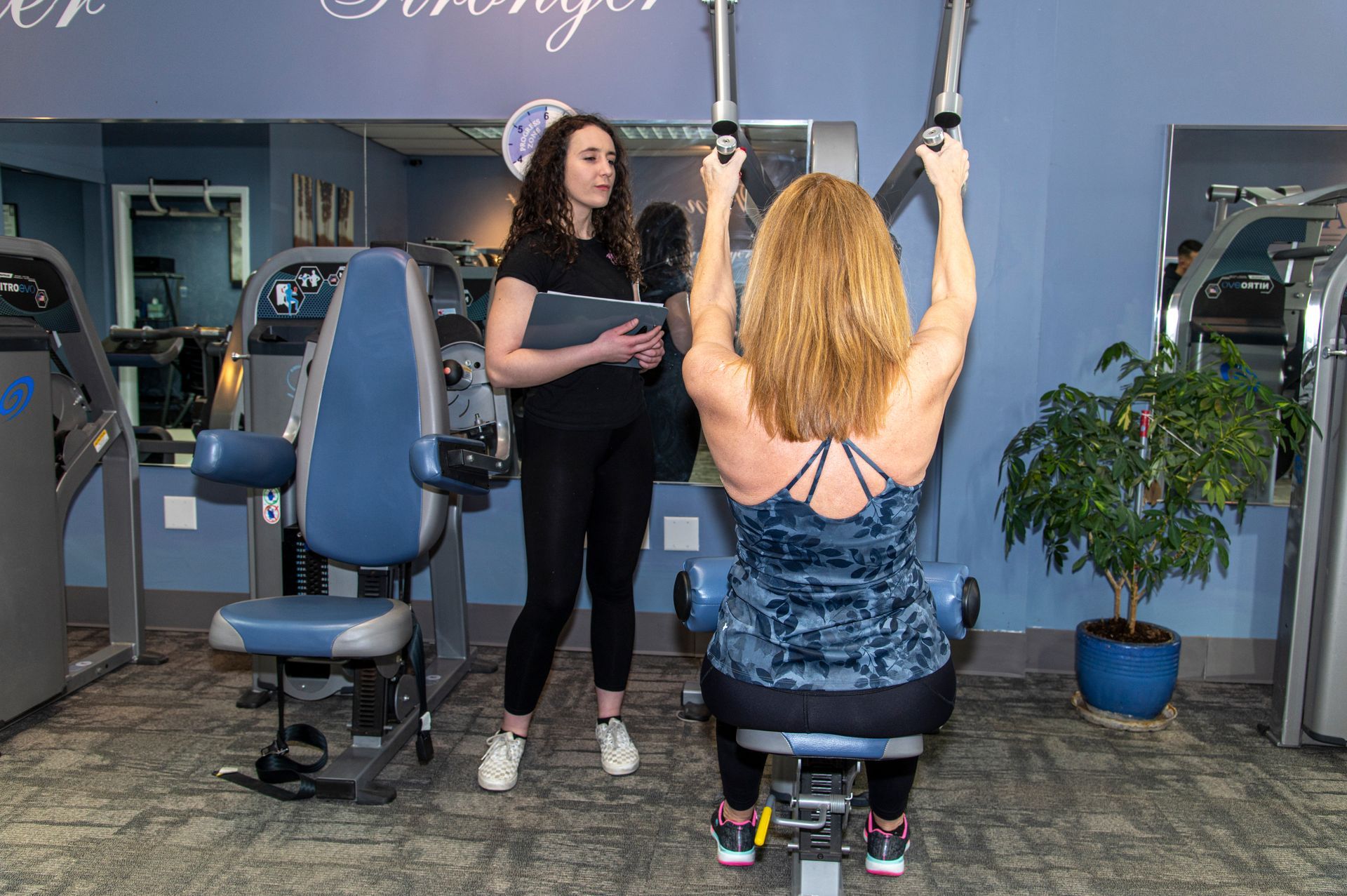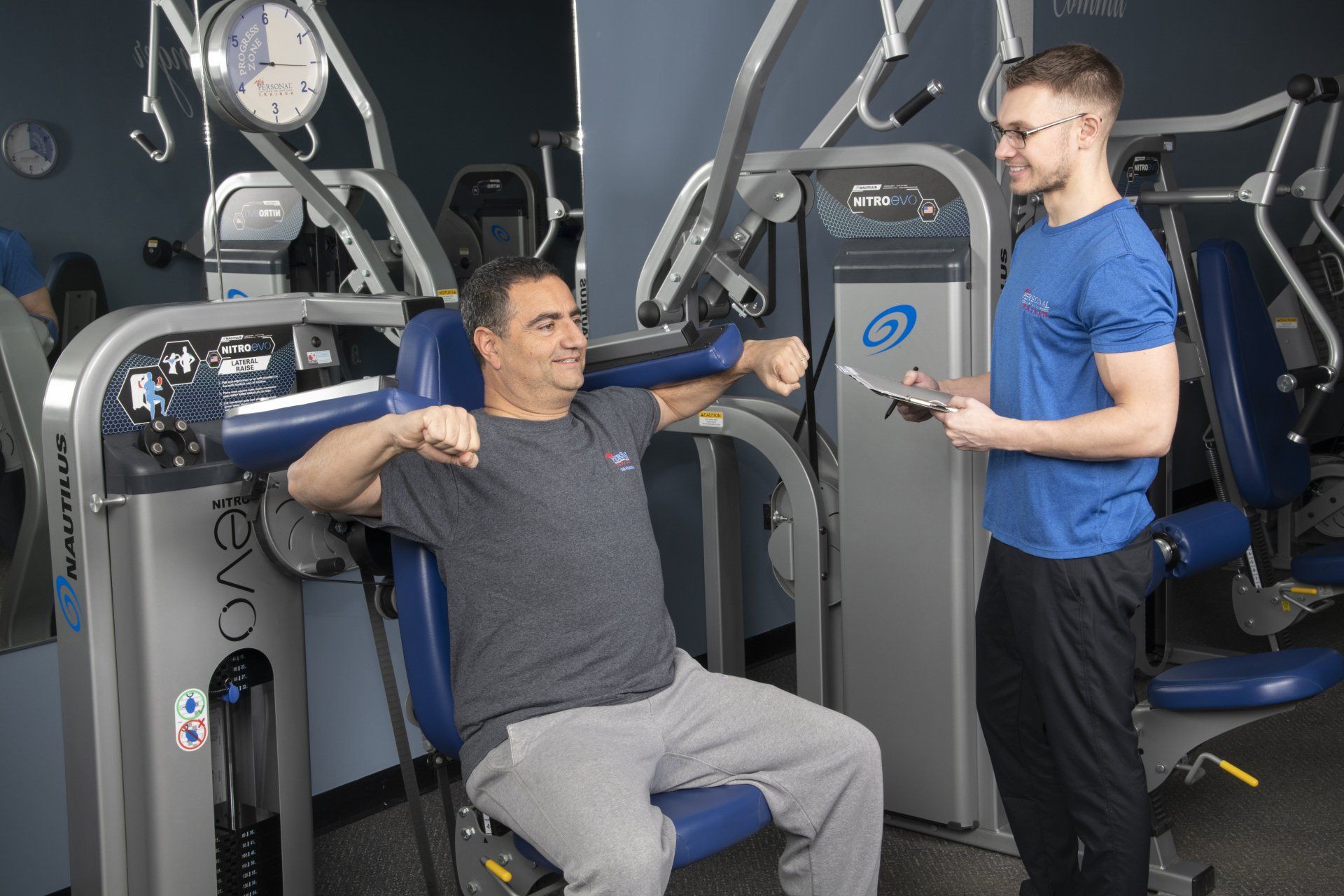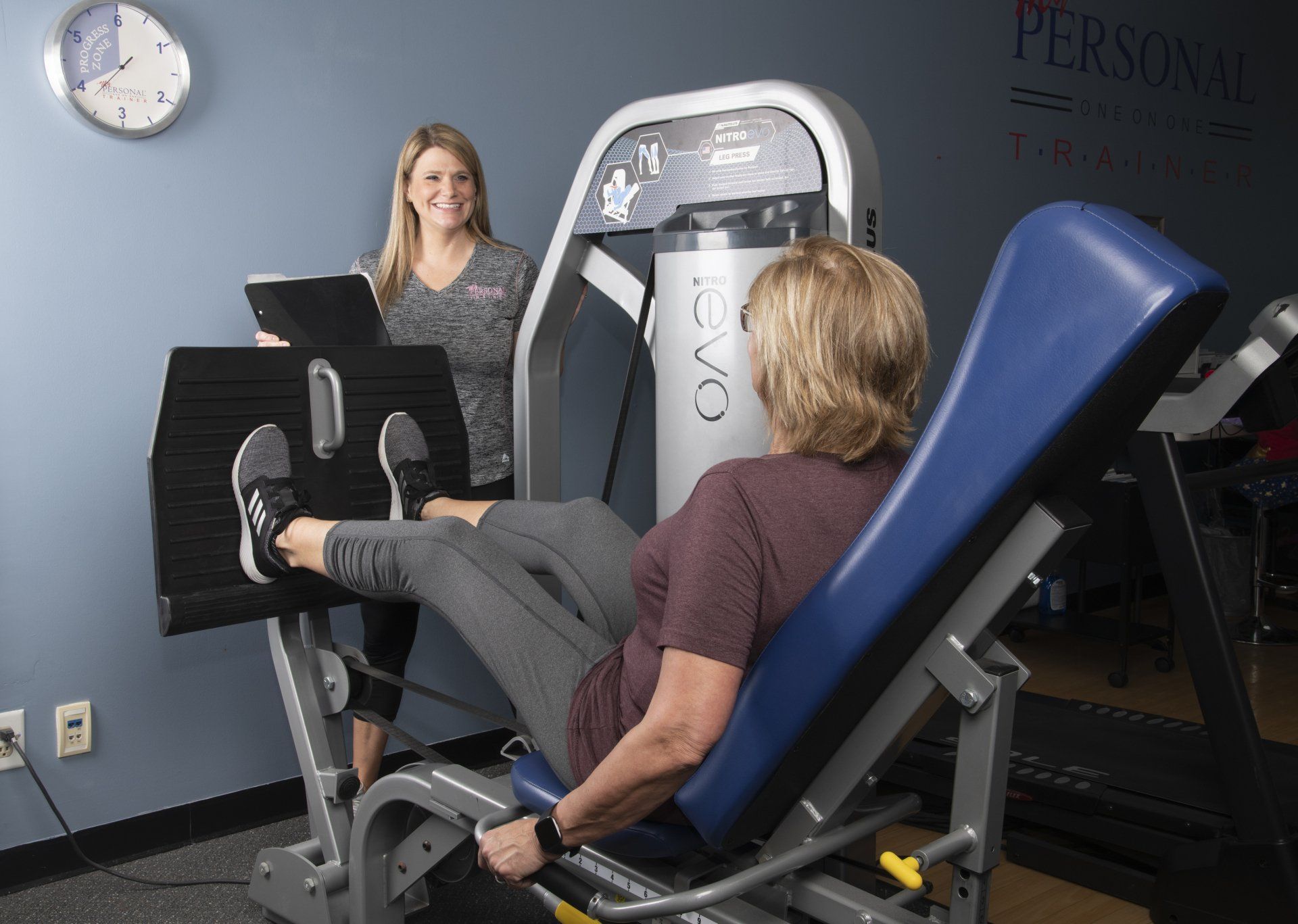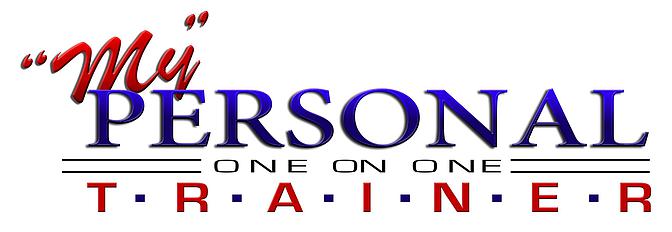Harder Exercise vs. More Exercise
All exercise must provide resistance and movement. The value of the exercise can be determined by the “quality” of the resistance and the “quality” of movement. The harder the resistance in an exercise becomes the more productive the exercise becomes for strength increasing purposes. Most people, however, confuse HARDER exercise with MORE exercise, which is a huge misconception.
In a set of resistance exercises, if an individual is capable of performing ten properly executed repetitions with 100 pounds, and with the last repetition, the 10th repetition, being an all-out maximal effort repetition, the question arises, “Which repetition in that set of 10 repetitions is the most productive repetition? The first one or the last one?” Well, it’s obvious. The answer is the last one.
Now, what is changing repetition by repetition that is making the exercise more productive? Is the resistance changing? No, it’s the same 100 pounds. Is the distance of movement changing? No, it is the exact same distance with every rep. The first thing that is changing repetition by repetition that is making the exercise more stimulating is the INTENSITY OF EFFORT being exerted. Replication by repetition the movement is getting progressively harder. The hardest rep, the most productive rep, is the very last rep that can barely be accomplished in good form.
Now what if this same individual decided not to do the last repetitions. The 8th, 9th, and 10th reps, because it was getting harder, so they decided to make up for those last reps by doing two more sets using the same weight, but stopping the sets at 7 reps. Question: Would this increased volume of exercise (i.e., doing more exercise sets) make the exercise as stimulating and productive as doing only one set, but carrying that set to momentary muscular failure? The answer is No. The reason is that all muscles contract on an ALL or NOTHING basis, meaning that the whole muscle when called upon to move something does not contract in its entirety, but individual muscle fibers contract and only to the point of producing movement.
So, the harder the exercise becomes, the more muscles fibers are called upon to contract to continue to product movement.
If an individual did 20 sets of the same exercise with the same weight but stopped 2 to 3 reps sort of an all-out effort, the exercise would be greatly compromised in its stimulations. Also, the more work that is placed on the muscles and the entire physical system as a whole, the more energy is being consumed making the body much more exhausted. This reduces the body’s ability to recover after the exercise session has been completed. Regardless of how much muscular stimulation has been produced, if the body’s resources are not available for recovery, the individual cannot and will not improve. Even if the multiple sets of the same exercise were performed correctly, the physical system (systemic recovery) would be so exhausted from doing too much work that it could not positively respond.
For strengthening purposes all anaerobic exercise protocols should be as HARD as possible and as BRIEF as possible. This protocol will work as many muscle fibers as possible while reducing the exhaustive demands of the exercises as on the body.



Learn more about our unique approach to achieving a healthier lifestyle by visiting us on one of our social media channels.
All Rights Reserved | My Personal Trainer | This site is powered by Bluefoot.

